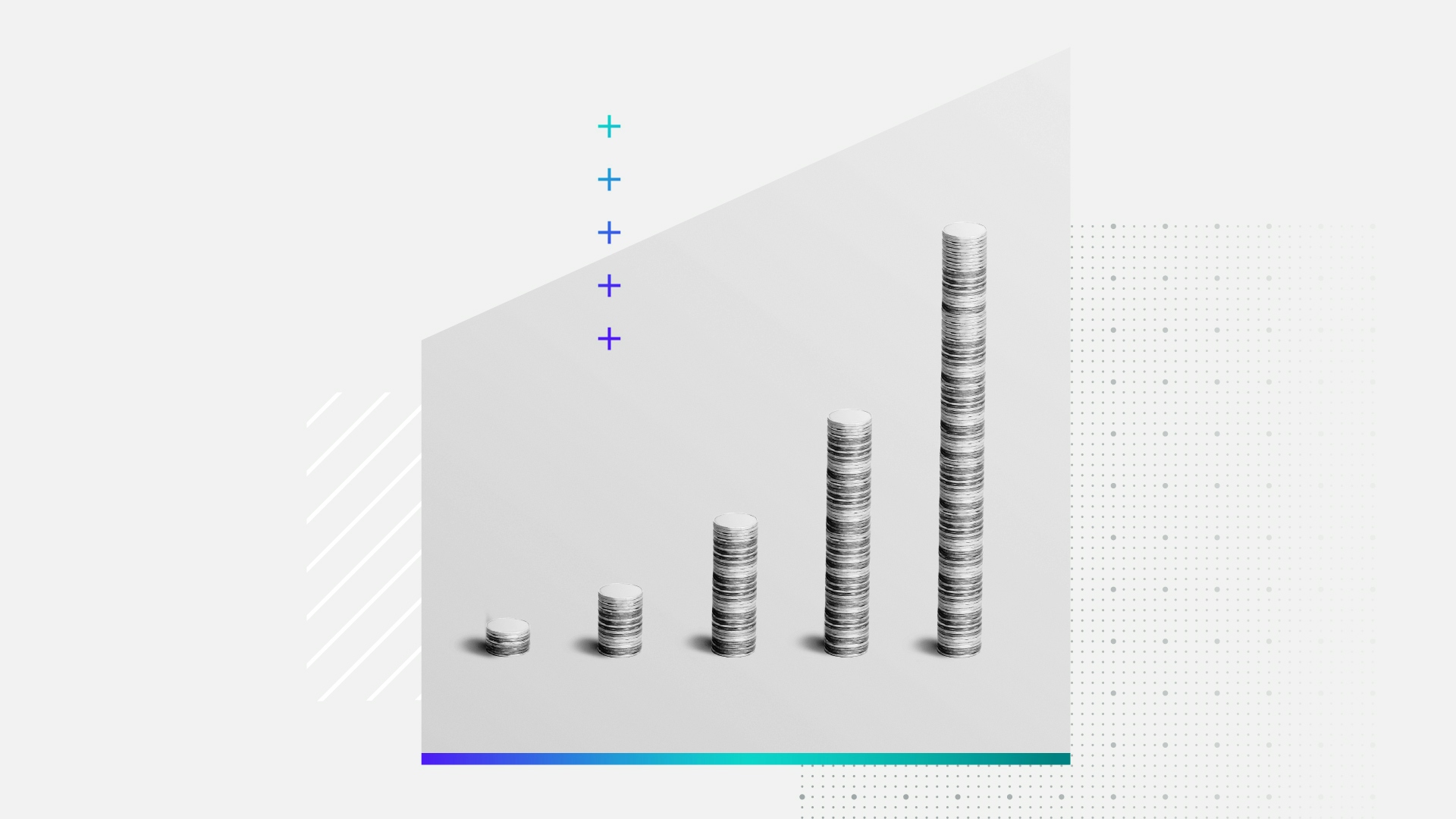How Consumers Are Responding to High Prices as Inflation Eases

Key Takeaways
Consumers are noticing easing inflation: the Price Surprise index continues to trend down to new lows as fewer adults report unexpectedly high prices.
Although consumers are less likely to report higher-than-expected prices, they are increasingly likely to employ cost savings strategies when they do encounter them: price sensitivity and substitutability are near series highs.
Pandemic era supply chain disruptions have cleared up as consumers are less likely to report stockouts, but recent events such as hurricanes and dock worker strikes could introduce new supply shocks.
Data Downloads
Pro+ subscribers are able to download the datasets that underpin Morning Consult Pro's reports and analysis. Contact us to get access.
Inflation has eased nearly all the way back to normal levels and people are noticing
After peaking in mid-2022, inflation has cooled nearly all the way to the Federal Reserve’s 2% target. Personal consumption expenditures (PCE) inflation, the Fed’s preferred measure, was 2.2% in August, down from a high of over 7% in June 2022. Meanwhile, Morning Consult’s Price Surprise index, which measures the net share of consumers reporting higher than expected prices, has also eased considerably since tracking began. A negative index score implies that a greater share of consumers are reporting prices at or below their expected price level than above it – in August and September that differential grew to record lows of an over 20 percentage point difference (a price surprise score below -20). In other words, not only has inflation come down back to near normal levels, but consumers are noticing this themselves in their everyday purchases.
When prices are higher than expected, consumers are less likely to follow through with the purchase
Although a shrinking share of consumers are encountering higher-than-expected prices, those who do are increasingly likely to walk away from the potential purchase as measured by Morning Consult’s Price Sensitivity index. Price sensitivity, excluding housing, reached new heights in the third quarter of this year, implying consumers have shown less willingness to splurge on pricey goods and services. Dwindling savings and reduced appetite for spending in general could be pushing shoppers away when they run into higher prices, whereas a couple years ago they had more runway in their budgets to follow through with the purchase anyway.
Morning Consult’s supply chain and inflation indexes aggregate the index scores for 21 different categories into a topline index using weights based on the relative importance for categories from the Consumer Price Index. As a result, housing has the largest weight and can heavily influence the topline index score. Because housing has its own unique cost constraints and market dynamics, it can be useful to exclude housing from the indexes in order to better understand supply/demand dynamics of other goods and services.
Following a similar path to price sensitivity, Morning Consult’s Substitutability index, excluding housing, has also been climbing through 2024, reaching a new high in September. The Substitutability index measures consumers’ trading down behavior, and only in recent months did the index become positive, implying a greater share of consumers are participating in trading down for a cheaper alternative rather than not completing the purchase. Inflation for durable goods has been negative for nearly two years now while inflation for nondurable goods has also been relatively muted compared to services. Perhaps easing prices have presented more trading down options for consumers who are also relatively more price sensitive than in years past.
Plentiful supply has helped to cool inflation, but recent headwinds could be a setback
Pandemic-era supply chain disruptions played a large role in the most recent surge of inflation as shortages drove up the prices of many goods, which eventually passed through to services. Excluding housing, where supply remains a persistent issue in many parts of the U.S., normalizing supply chains have been a helper in bringing inflation down.
In fact, consumers have also noticed more plentiful supply: Morning Consult’s supply-side indexes, including the Delivery Delays index and the Purchasing Difficulty index, have both cooled considerably since tracking began. While previously a greater share of consumers reported longer wait times, now wait times, as measured by the delivery delays index, have normalized to a negative level. A negative delivery delays index score means that a larger share of consumers said deliveries for online purchases were faster this month than last, rather than vice versa. In addition, the purchasing difficulty index continues to trend downwards, as consumers are more and more likely to report ease in finding the goods and services they need.
Although the port strike was resolved last week at least until January 2025, other headwinds like hurricanes and increasing geopolitical conflicts could threaten to disturb supply chains for some products, which could result in inflationary pressures. While it is too early to see anything manifesting in consumer data today, keep an eye on Morning Consult’s supply chain indexes, which would respond accordingly should these headwinds prove to be forceful.
Sofia Baig is an economist at decision intelligence company Morning Consult, where she works on descriptive and predictive analysis that leverages Morning Consult’s proprietary high-frequency data. Previously, she worked for the Federal Reserve Board as a quantitative analyst, focusing on topics related to monetary policy and bank stress testing. She received a bachelor’s degree in economics from Pomona College and a master’s degree in mathematics and statistics from Georgetown University.
Follow her on Twitter @_SofiaBaig_For speaking opportunities and booking requests, please email [email protected]